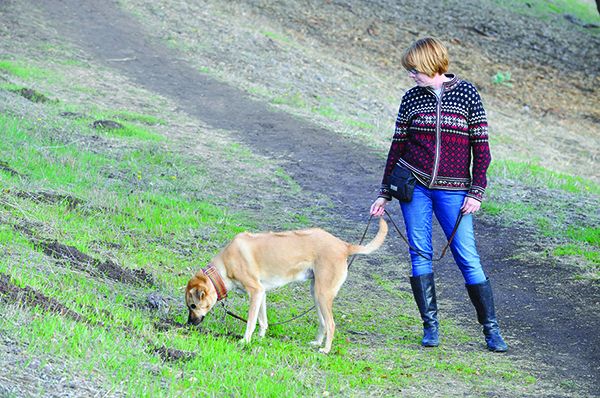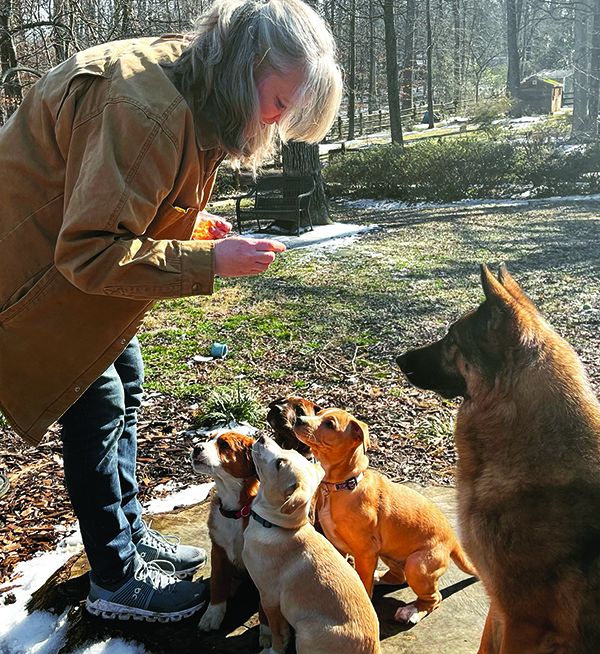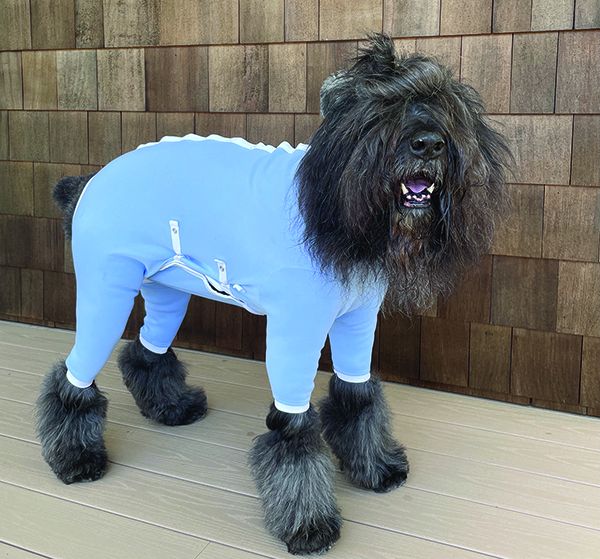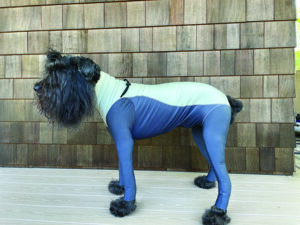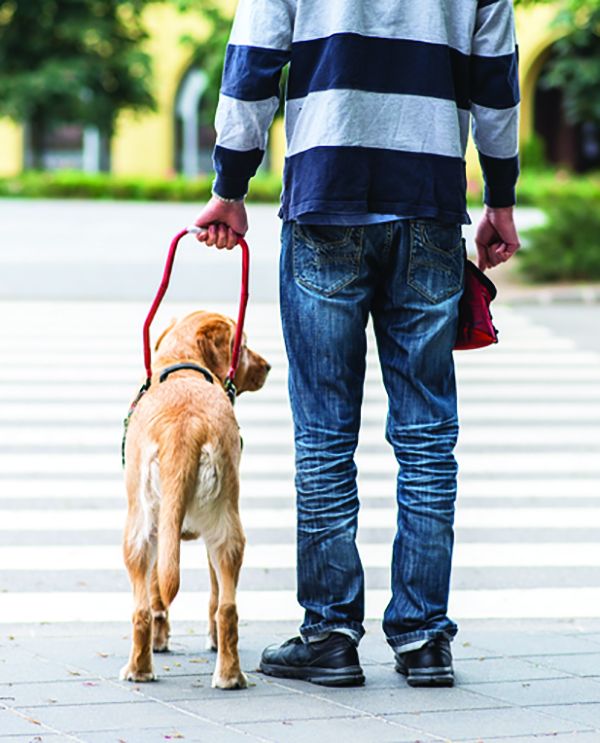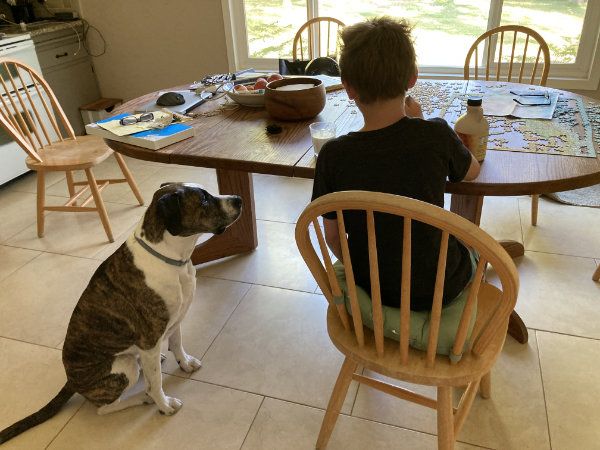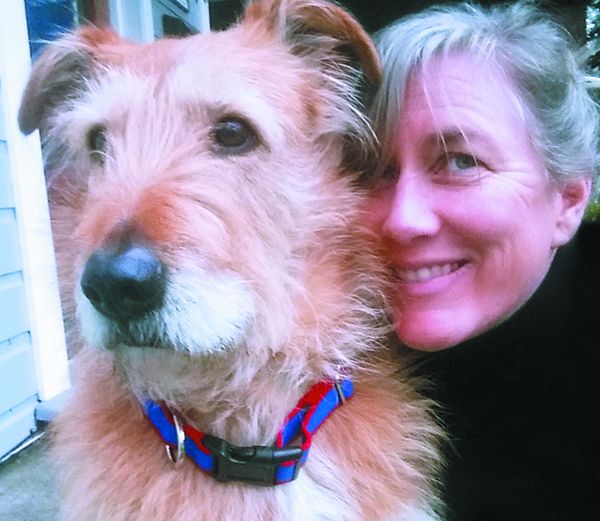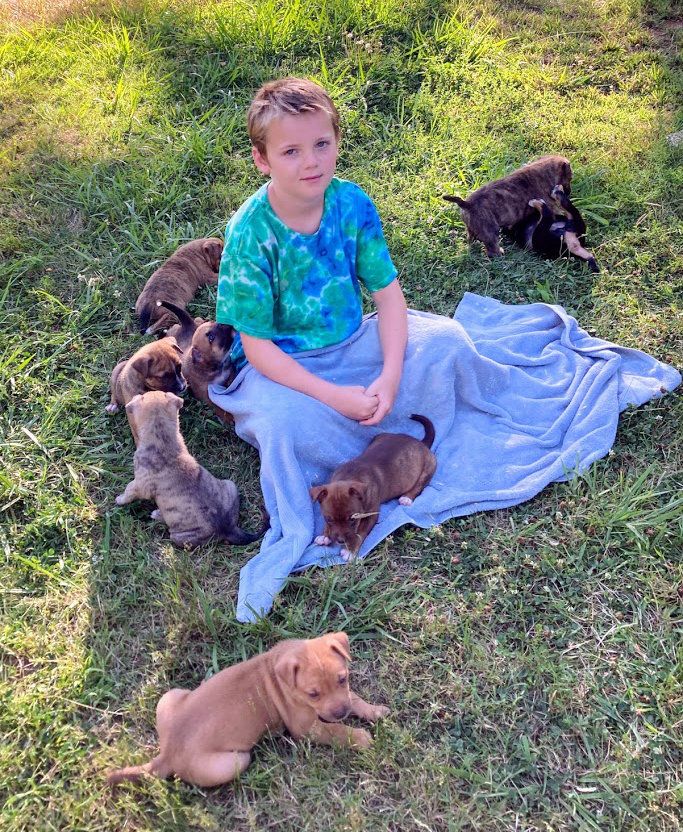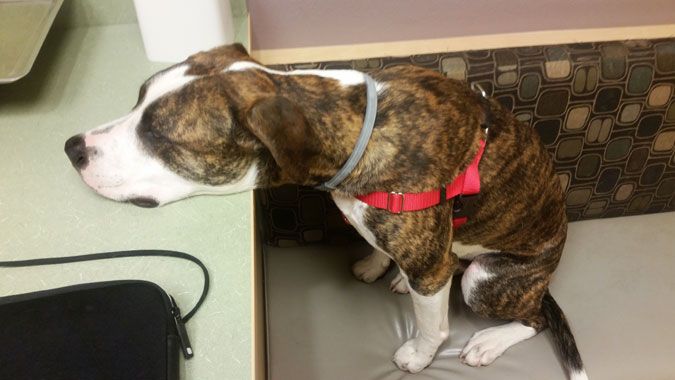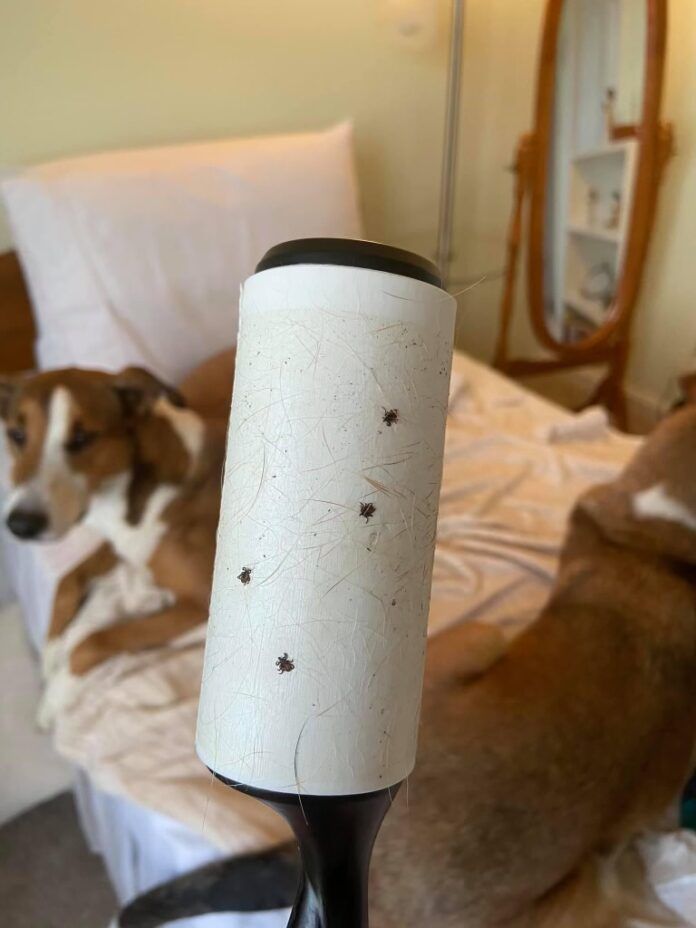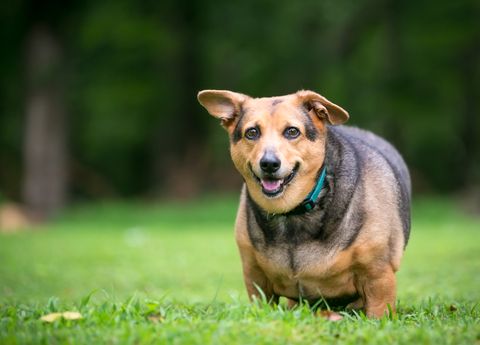I recently saw a cartoon of a person walking with her dog by her side in perfect heel position – and clearly not enjoying the experience. The dog’s thought bubble said, “Whose walk is this, anyway?”
Sadly, this exemplifies the all-too-common approach to dog-walking: go out, take the obligatory march around the block, let the dog stop to empty his bowels and bladder, and march back home. Besides being boring, the dog gets very little exercise or mental stimulation on this kind of walk!
Fortunately, more and more dog lovers are realizing that, for maximum value and enjoyment by both species, a dog needs to go far beyond the around-the-block bathroom walk. For more fun on your walks with your dog, check out the following types of walks and select the ones that are most suited to you and your canine companion:
- The Scent Walk (also known as a Sniff Walk or Sniffy Walk). This one is easy, and your dog will love you for it. To maximize your dog’s enjoyment, select a quiet walking site where you can use a longer leash. Plan to go slowly. Just stroll around with your dog. Take your time and let your dog choose where to go and when to stop and sniff.
Scent work is a great enrichment activity, empowers your dog by giving him choice opportunities, and is very satisfying and calming for him. It is also surprisingly tiring. Even a relatively short “sniff walk” can help your dog be more relaxed and less likely to engage in unwanted behaviors when you get back home. A longer sniff walk may wipe him out for the rest of the day! The Scent Walk is becoming increasingly popular as owners see how happy this style of walk makes their dogs.
If you can’t find an optimum grassy walking site, simply allowing your dog plenty of opportunities to stop and sniff on your leisurely walk around the neighborhood can be much more fulfilling for him than the traditional bathroom march.
You can supercharge your scent walk by going to your walking site before you take your dog there. Leave him in the car if safe/cool enough to do so, leave him with a walking companion or leave him at home, while you go out first and widely broadcast treats or kibble around the walking area. Now watch him have an even better time as he sniffs out the treasures you have tossed. (Remember to subtract an equivalent amount of calories from his meals so he doesn’t tank up from all the sniff-treat fun.)
- Canine Parkour Walk. Parkour can add a great element of fun to your dog’s walks. You’ll need to find a walking site that offers a variety of objects – natural or human-made, urban or rural – that you can invite your dog to negotiate during the walk. You can combine it with a scent walk, too!
Objects can include rocks to jump on and off of, fallen logs to walk on or jump over, stumps to balance on, various playground equipment to navigate (kids have first dibs), pipes to run through, benches to walk across, wooden or stone fences to jump on or over, and so on.
Some trainers now offer Dog Parkour classes, and your dog can even earn titles from the International Dog Parkour Association. Parkour is fun, tiring, and a great confidence-building activity. For more information, see dogparkour.org.
- Fast Walk. This is a walk on steroids, and a favorite of joggers and bicyclists. While this kind of walk does provide your dog with more exercise than a boring bathroom march, there are some important safety considerations to keep in mind:
• Consider the limitations of your dog’s breed or type. Some breeds are more athletic and well-suited to a fast jog or bike ride, but brachycephalic (flat-faced) and heavy-bodied dogs are poor candidates for this type of exercise, especially in hot weather.
• Your jogging or biking partner needs to be well trained so he doesn’t bolt in pursuit of a squirrel or another dog and pull you off your feet or your bike. See “Jogging With Your Dog Improves Overall Fitness and Health,” WDJ February 2009.
• Start out slow – and talk to your vet. She can tell you if your dog is a good candidate for jogging or biking and can help you create a gradual training plan so your out-of-shape canine pal doesn’t suffer injury from too much, too fast, too soon. Dogs who are young, obese, or who have medical challenges may not be good candidates for jogging or biking.
• Stay off hot pavement. Your shoes or bike wheels protect you from the heat, but air temperatures as low as 77° F can turn pavement into a hot plate that burns your dog’s paws at 125° F or higher. It takes only 60 seconds or less on pavement that is 125° F for your dog’s pads to burn.
• If you want to bike with your dog, you will need to train him for this – don’t just hop on your bike with your leash in your hand and go! There are a number of products that will attach the leash to your bike so your hands are free to control your ride – and you and your dog will need to practice with these before going for longer rides. For tips on readying your dog for this type of exercise, see “Bike Riding With Your Dog,” March 2009.

Photo Credit: Disqdr/ Dreamstime.com
- Off-Leash Walk. Last but by no means least, I consider the Off-Leash Walk to be the epitome of dog-walking fun.
Dog trainer and behavior consultant Sarah Stremming coined the term “decompression walk,” meaning an off-leash walk (or walk on a long line) in nature, allowing the dog to move freely, pause, sniff, and just be. Decompression walks can benefit every dog.
If your dog can be trusted to come when called, and if you have a location in your area where dogs are legally allowed to be off leash, this walk gives your dog the kind of autonomy and freedom that can come closer to fully meeting his enrichment and exercise needs than almost anything else: He can just be a dog. He can run fast, sniff whatever he wants, jump in the creek, and make all his own choices about which way to go and what to do. It’s also easier on you – you don’t have to handle the leash, keep it from getting it tangled around brush, or worry about your dog pulling.
I discovered the joys of off-leash walking with my dogs when I lived in Marin County, California, where dogs were allowed to be off leash in the vast expanses of county-owned open space in the hills between towns. My dogs and I spent hours hiking on Mt. Burdell on the north side of Novato. It kept me and my dogs sane, and I have countless fond memories of our time there.
It was there that I realized an important fact – one that I share with all my clients to this day: A leashed walk is an exercise hors d’oeurve for most dogs. When you take your dog for an off-leash walk he will run miles for every mile you walk and relish all the added enrichment benefits. There’s not an on-leash walk that can come close to comparing with this experience. See “How to Train Your Dog for Off-Leash Walks” in the March 2019 issue of WDJ for training tips.
If your community lacks off-leash open spaces, check out Sniffspot (www.sniffspot.com. The company contracts with landowners (they call them “hosts”) to provide access to private spaces – some fenced, some not – where people can take their dogs to run for a small fee.

Photo Credit: Nikita Oryshchak / Dreamstime.com
Alternatively, you can use a long line to walk a dog who can’t yet be trusted to not run off. You can find long lines up to 50 feet long online (just Google “dog long line”) or make one yourself if you want a longer one. Note that it takes some practice and skill to learn how to manage the line and its propensity for getting tangled around things, but you can still use it to let your dog be a dog.
HEELING IS GOOD, TOO…
Of course there are times when your dog does need to be able to walk politely by your side on a leash, and it’s important to take the time to teach him to do that. Read more on leash walking here.

Even dogs who are non-ambulatory, disabled, or who need to have their activity restricted enjoy being taken for walks. The enrichment experience can contribute to their mental health, especially for dogs who are otherwise “shut-ins.” This will require that you find an appropriate vehicle for your dog – such as a wagon or stroller, or a trailer or sidecar for your bicycle – and train your dog to stay in it. Since you will be pulling, pushing, or pedaling, a seat belt is a good safety measure, to make sure he doesn’t leap out at the sight of some compelling distraction.


